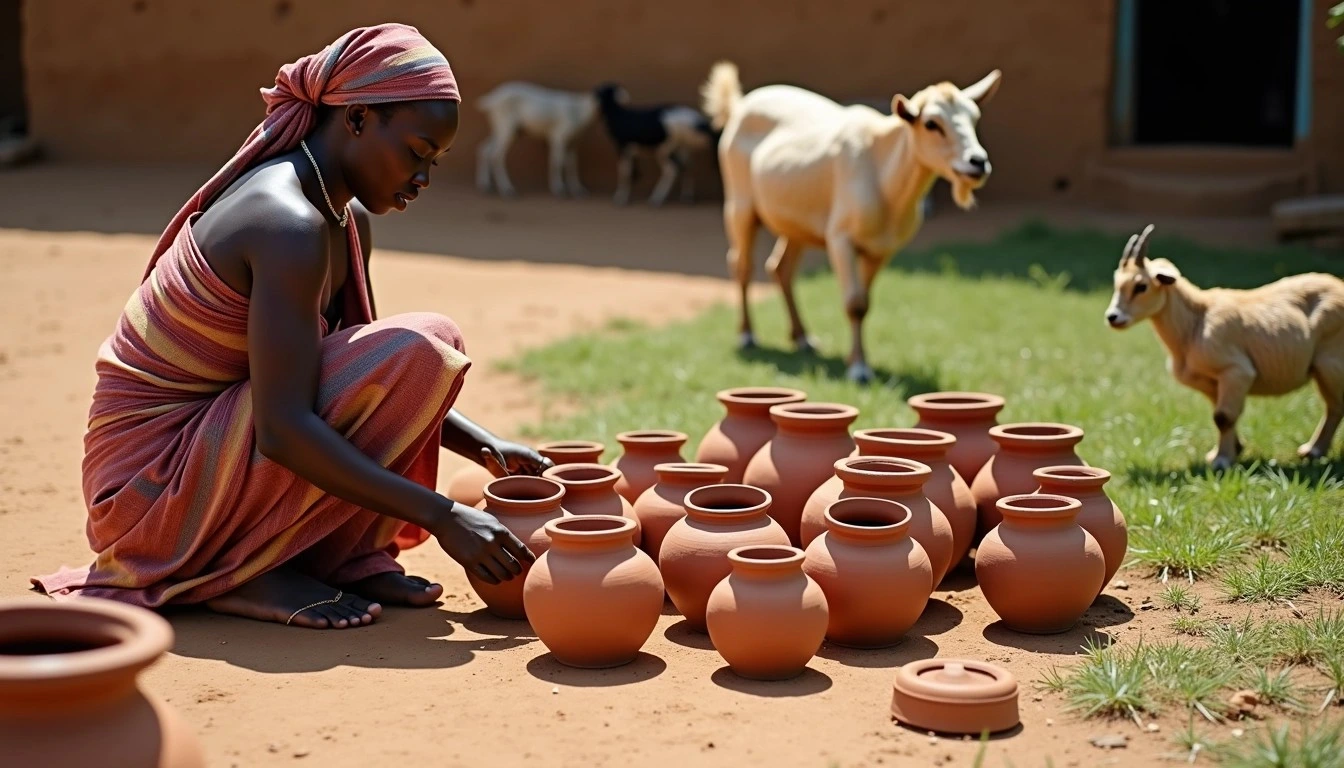
Hope You Are Fresh and Fine, My Brother/Sister!
Have you ever heard of pottery that tells stories, carries history, and holds deep cultural meaning? Well, the Mossi African tribe pottery is exactly that! The Mossi people, known for their rich heritage and artistic traditions, have been crafting pottery for centuries—not just as household items, but as symbols of identity, spirituality, and legacy.
Imagine a piece of pottery that reflects the wisdom of ancestors, the strength of a nation, and the craftsmanship passed down through generations. Sounds fascinating, right? In this article, we will dive deep into the world of Mossi pottery, uncovering fun facts, historical secrets, and cultural significance that make it truly special.
So, buckle up, and let’s explore the incredible world of Mossi African tribe pottery! 🏺🔥
Explore this article through a well-organized table for easy understanding!
| The Mossi People: Their Land and Legacy 1 Where Do the Mossi People Live? |
| The History and Mythology of the Mossi Empire 1 What Was Mossi Known For? 2 How Long Did the Mossi Empire Last? 3 What Was the Mossi Myth? |
| Who Is the Legendary Figure Behind the Founding of the Mossi Empire? What Became the Religion of the Mossi Nation? What Was the Reason for the Fall of Ghana? Who Is the Current King of Burkina Faso? How Many Years Did the Longest Empire Remain? |
| Mossi Pottery: A Tradition Passed Down Through Generations A Glimpse into the History of Mossi Pottery. The Clay and Materials That Make Mossi Pottery Unique. Traditional Techniques: A Craft Passed Down Through Generations. Firing the Pottery: A Community Event. |
| The Cultural Significance of Mossi Pottery The Symbols and Meanings Behind the Designs. Pottery and the Mossi Economy. Pottery as a Cultural Identity. |
| Fun Facts About Mossi African Tribe Pottery What Is the Meaning of the Mossi Mask? What Are the Two Animals That Are Represented in the Mossi Mask? What Is the African Pantheon? |
The Mossi People: Their Land and Legacy
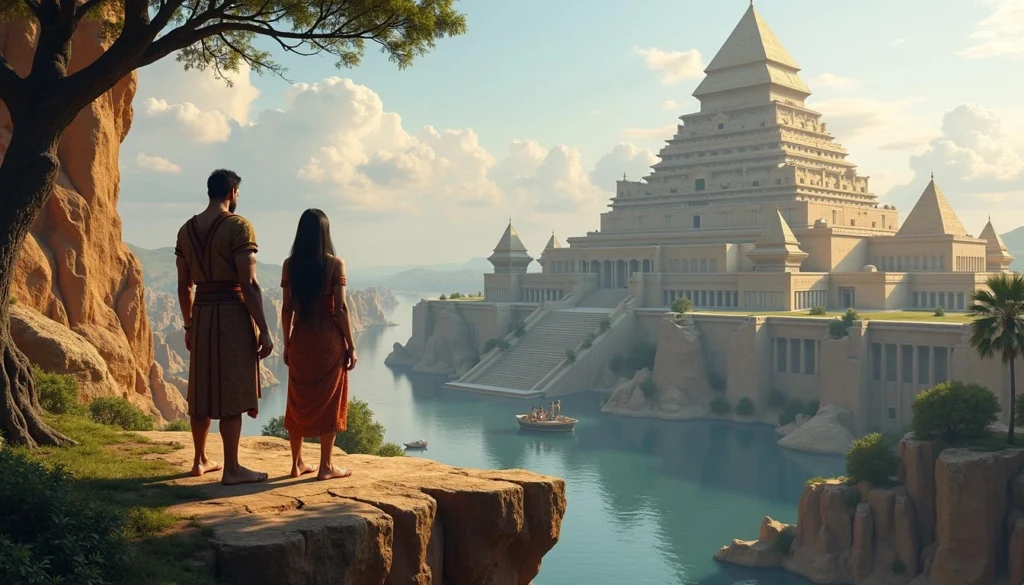
Where Do the Mossi People Live?
The Mossi people primarily inhabit Burkina Faso, a landlocked country in West Africa. However, smaller Mossi communities are also found in Ghana, Mali, and Ivory Coast. With a population of over 10 million, they are the largest ethnic group in Burkina Faso and have played a significant role in shaping the country’s history.
Mossi villages are known for their traditional architecture, vibrant markets, and strong community bonds. Many Mossi people still follow age-old customs that have been passed down for centuries.
The History and Mythology of the Mossi Empire
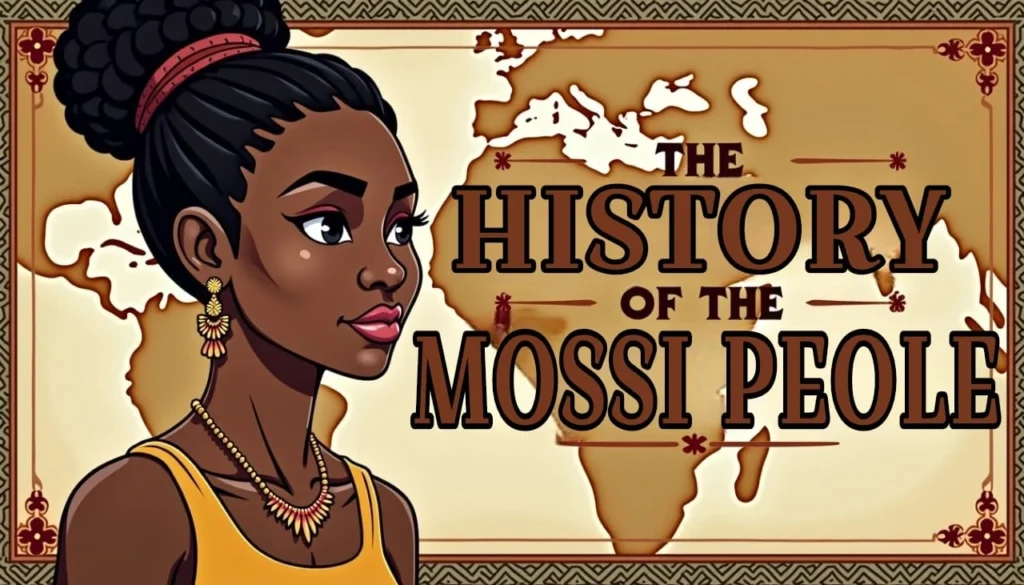
What Was Mossi Known For?
The Mossi Empire was known for its military strength, organized governance, and cultural traditions. Despite being surrounded by powerful empires, the Mossi maintained their autonomy for centuries, thanks to their skilled warriors and strong leadership.
How Long Did the Mossi Empire Last?
The Mossi Empire lasted for over 500 years, from the 15th century until French colonization in the late 19th century.
What Was the Mossi Myth?
According to legend, the Mossi people trace their origins to a princess from the Ghana Empire and a Mandé hunter. Their union gave birth to the first Mossi ruler, marking the beginning of the powerful Mossi kingdom.
Who Is the Legendary Figure Behind the Founding of the Mossi Empire?
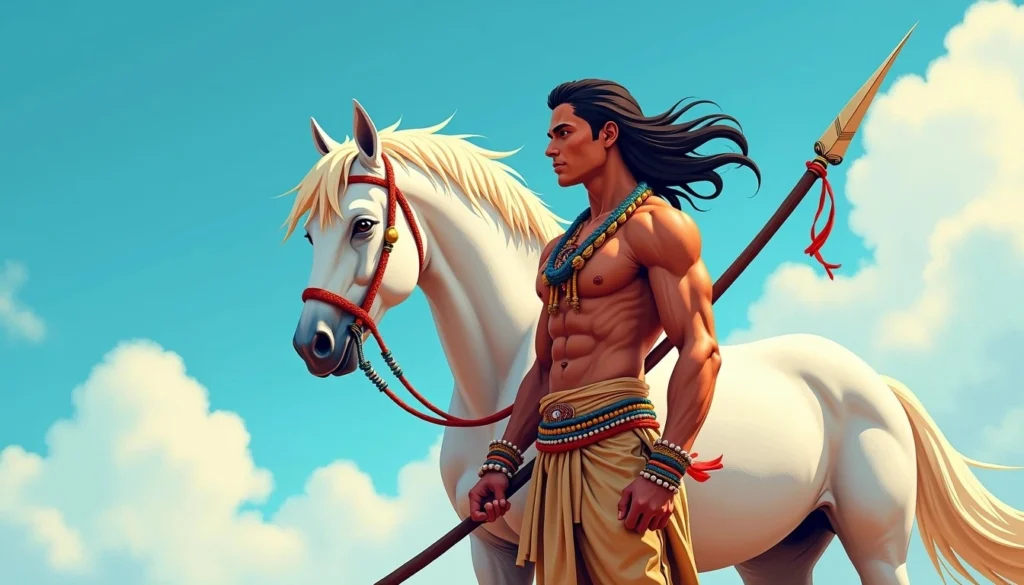
The empire was founded by Ouedraogo, the son of Princess Yennenga and a Mandé hunter. Ouedraogo is celebrated as the father of the Mossi nation.
What Became the Religion of the Mossi Nation?
The Mossi people followed traditional animist beliefs, which included ancestor worship and a connection with nature spirits. Later, Islam and Christianity also became part of Mossi religious practices.
What Was the Reason for the Fall of Ghana?
The Ghana Empire fell due to a combination of factors, including internal conflicts, overexpansion, and attacks from the Almoravids in the 11th century.
Who Is the Current King of Burkina Faso?
The current Mossi king (Mogho Naba) is Mogho Naba Baongo II, who plays a significant role in preserving the cultural heritage of the Mossi people.
How Many Years Did the Longest Empire Remain?
The longest-lasting African empire is the Ethiopian Empire, which lasted for over 700 years, from the 13th century until 1974.
Mossi Pottery: A Tradition Passed Down Through Generations
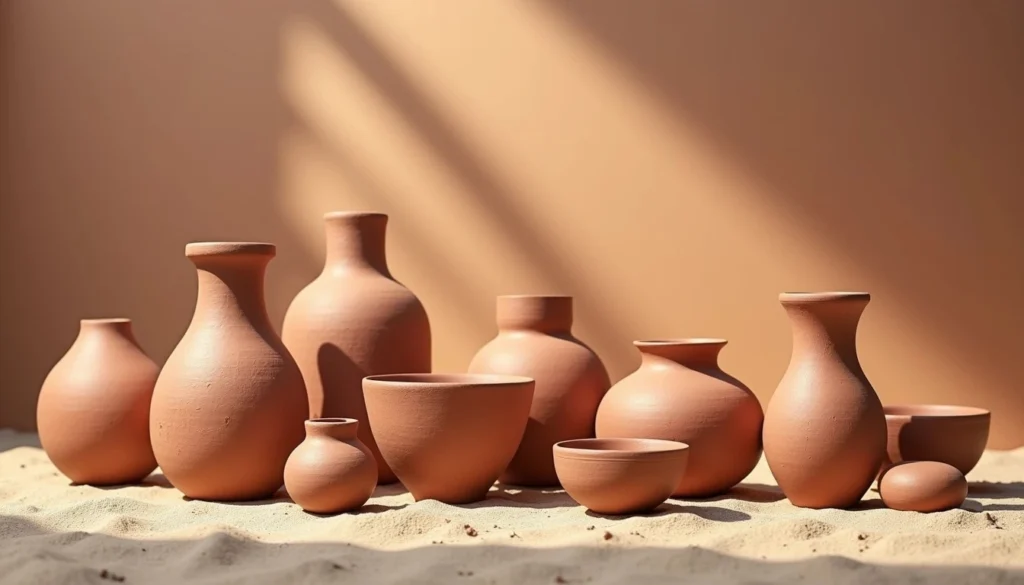
A Glimpse into the History of Mossi Pottery
Mossi pottery is an ancient craft passed down from mothers to daughters. It has been an essential part of daily life, used for cooking, storage, and rituals. These handcrafted pots serve both practical and spiritual purposes, making them an integral part of Mossi culture.
The Clay and Materials That Make Mossi Pottery Unique
The Mossi use locally sourced clay, which they mix with water and plant materials to enhance durability. This natural clay gives the pottery its earthy color and texture. Sometimes, potters add ground-up broken pots to the clay to make it stronger and prevent cracking.
Traditional Techniques: A Craft Passed Down Through Generations
Mossi potters shape their creations by hand, using coiling and molding techniques. Unlike modern pottery, they do not use a potter’s wheel, relying instead on their experience and artistic skills. The pots are carefully shaped, smoothed, and sun-dried before being fired.
Firing the Pottery: A Community Event
Once shaped, the pots are left to dry under the sun before being fired in an open flame. This process is often a communal event, with women gathering to support one another. The firing process gives the pottery its rich reddish-brown color, making each piece unique.
For further reading please visit.
The Cultural Significance of Mossi Pottery
The Symbols and Meanings Behind the Designs
Mossi pottery is decorated with symbols representing nature, ancestors, and spiritual beliefs. Some pots feature zigzag patterns symbolizing water, while others have geometric shapes that reflect tribal identity.
Pottery and the Mossi Economy
Mossi pottery is not just an art form—it plays a vital role in the local economy. Women sell their handcrafted pots in markets, providing economic independence to many families. Mossi pottery is also used in bartering systems and ceremonial gifts.
Pottery as a Cultural Identity
Each Mossi village has its own distinct pottery style, making it easy to recognize where a piece was made. This craft strengthens their cultural heritage and identity. Pottery also plays a role in weddings, funerals, and initiation ceremonies, making it deeply woven into Mossi traditions.
Fun Facts About Mossi African Tribe Pottery
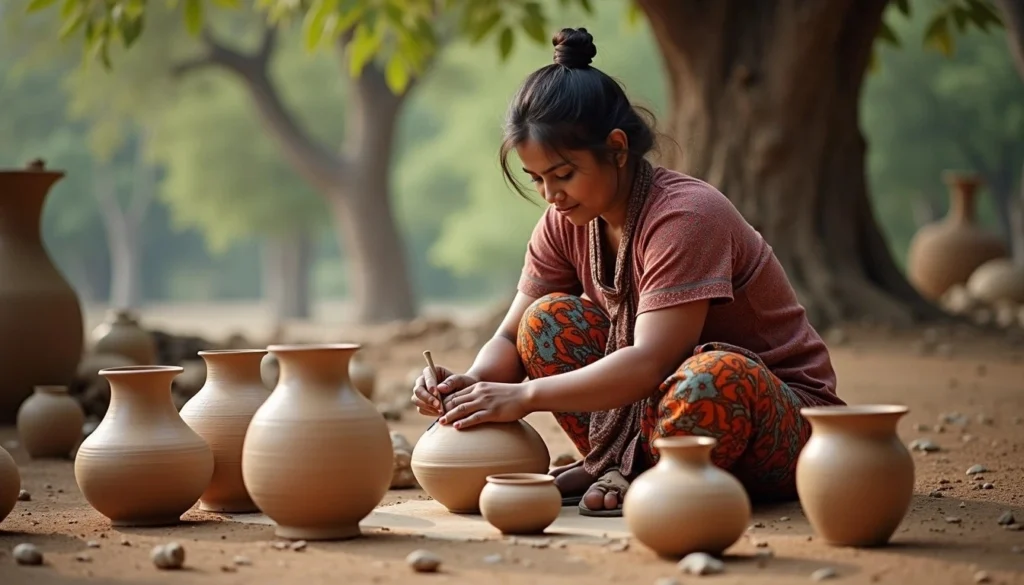
What Is the Meaning of the Mossi Mask?
Mossi masks are spiritual objects used in ceremonies, often representing ancestors and protective spirits.
What Are the Two Animals That Are Represented in the Mossi Mask?
The most common animals depicted in Mossi masks are the antelope and the crocodile, symbolizing wisdom and strength.
What Is the African Pantheon?
The African pantheon refers to the diverse gods, spirits, and deities worshipped across different African cultures. In Mossi beliefs, spirits of ancestors play a crucial role in guiding the living.
For further reading, please visit our detailed guide on 12 world Biggest Tings.
Conclusion
Mossi African tribe pottery is more than just clay—it is history, culture, and identity shaped by skilled hands. From its historical significance to its unique designs and techniques, Mossi pottery remains a living tradition that connects the past with the present.
FAQ’S
1. What makes Mossi African tribe pottery unique?
Ans Mossi pottery is handmade using traditional methods passed down through generations. Unlike modern pottery, it is crafted without a potter’s wheel, shaped by hand, and fired in an open flame. The designs and patterns hold cultural and spiritual significance, making each piece unique.
2. How is Mossi pottery made?
Ans Mossi pottery is created using locally sourced clay, mixed with water and plant materials for strength. The pots are hand-shaped, dried under the sun, and then fired in an open flame. The process is often a community event, especially among women.
3. What role does pottery play in Mossi culture?
Ans Mossi pottery is more than just a household item—it represents heritage, economy, and spirituality. It is used in rituals, ceremonies, and daily life while also being sold in markets, providing financial support to many families.
4. What symbols are commonly found in Mossi pottery?
Ans Mossi pottery often features zigzag patterns, geometric shapes, and nature-inspired designs. These symbols represent water, ancestors, and tribal identity, connecting the pottery to Mossi traditions.
5. Where can I see authentic Mossi pottery today?
Ans Authentic Mossi pottery can be found in Burkina Faso’s local markets, cultural museums, and art exhibitions. Some collectors and African art dealers also sell Mossi pottery worldwide, keeping this tradition alive.
Call to Action
Did you enjoy learning about Mossi pottery? Share this article with friends who love African culture! Also, drop a comment below—what’s your favorite part about African pottery?






